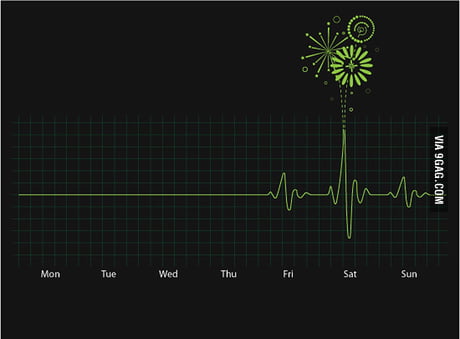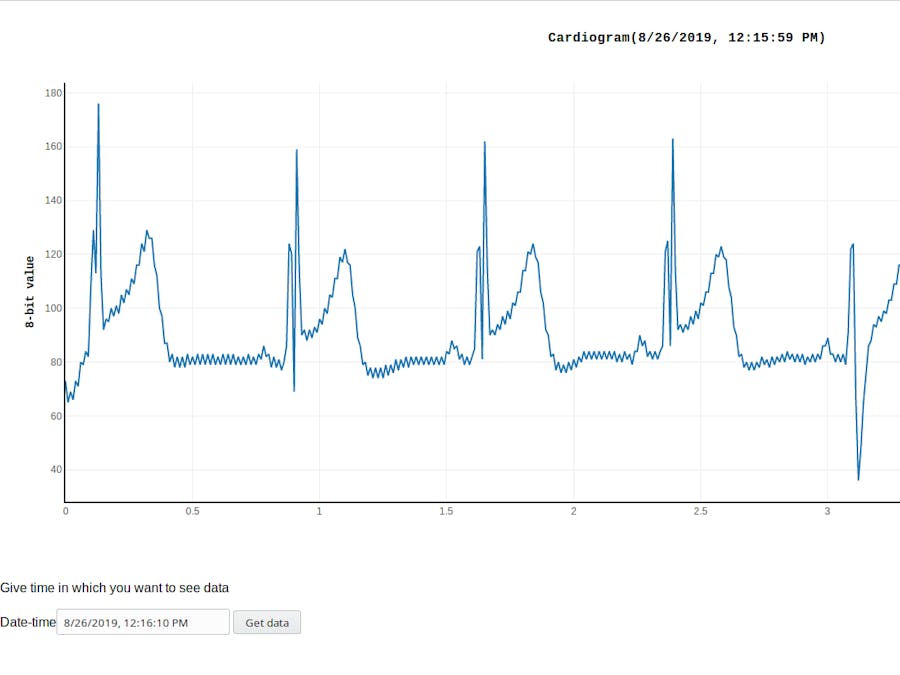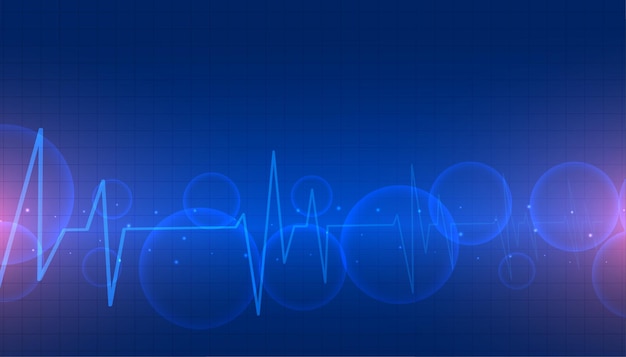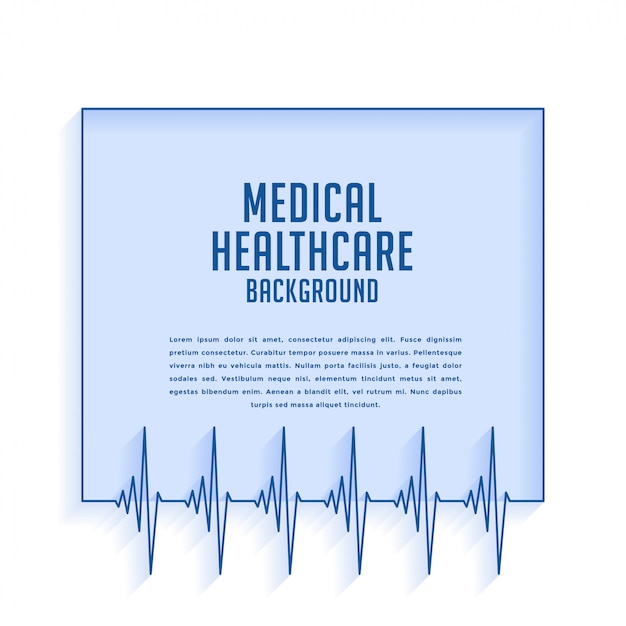Jun 26, 2019 Cardiograph. Screenshots of the Cardiograph iOS app. With Cardiograph, you can measure your pulse while you're at rest or in motion. You can tell the app what you are doing while. Cardiograph: instrument for recording movements of the heart cardioid: heart-shaped cardophagus: donkey; something that eats thistles careen: to turn a ship on its side in order to clean or repair it caret: mark used to note an omission carfax: place where four roads meet; intersection of roads at center of a town carferal. ‘A cardiograph would be able to record my heart movements accurately and then you'd have a concise visual aid.’ ‘Inovise went to four outside firms for help creating its Audicor cardiograph expansion system.’.

Apr 14, 2021 Electro Cardiograph Technician - Graduation with Experience of ECG Machine Handling. Staff Nurse - GNM/ B.Sc (Nursing) Ward Boy/Ayah - 10 th passed from a recognized Board.
- noun
Synonyms for cardiograph
medical instrument that records electric currents associated with contractions of the heart
Related Words
a medical instrument that measures the mechanical force of cardiac contractions and the amount of blood passing through the heart during a specified period by measuring the recoil of the body as blood is pumped from the ventricles
Related Words
Want to thank TFD for its existence? Tell a friend about us, add a link to this page, or visit the webmaster's page for free fun content.

 Link to this page:
Link to this page: What Is A Cardiograph

Cardiograph
The cardiograph is the proper name for several different types of mechanical devices that are used to monitor activity and health of the human heart. While various models of the cardiograph utilize slightly different ways to analyze the condition of the heart, all of them are useful in detecting problems and help to identify solutions that save many lives each year. Here are some examples of the different types of cardiographs and how they work.
Just about every form of the cardiograph functions by monitoring and recording movements of the heart. This may include recording the mechanical force of the contractions within the heart muscles, with close attention to any irregularities in the opening and closing of the various chambers of the heart. Others may be more concerned with the flow of blood through the ventricles, with attention to any blockages that seem to be interfering with the flow of the blood. One example of a cardiograph that uses this sort of data to isolate heart problems is the ballistocardiograph.
The electrocardiograph is involved in measuring heart activity based on the amount of electric current working within the organ. The electrical currents indicate the healthy function of the muscles within the heart and thus indicate the overall health of the organ. Erratic heart movements that are picked up by an electrocardiograph often indicate the need for some sort of medication and possible surgery to correct the problem.
A relatively new approach to the use of a cardiograph in recording heart movements and blood flow is the acoustic cardiograph. Based on a premise of recording the sounds of the heart as blood moves through the various chambers in the ventricles, this form of cardiograph uses the audio recording to create a visual graph. The graph illustrates the length of intervals between the opening and closing of valves in the heart, and the strength of the action. Data captured by the graphing process also includes the strength of the heart contractions and the efficiency of the movement of blood through the heart.
The use of the cardiograph in one form or another has made it possible to diagnose heart problems early on and treat many issues before there was a chance of heart attack or permanent damage to the organ. As various models of the cardiograph have become more sophisticated over time, the number of lives saved by these devices has continued to increase. From the smallest heart murmur to severe issues with valves, ventricles and other components of the heart, the use of a cardiograph can often lead to a diagnosis that allows effective treatment to be administered, and lives to be extended for many more productive and happy years.
